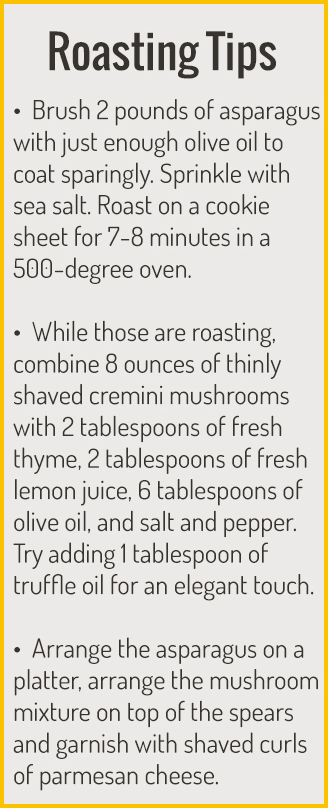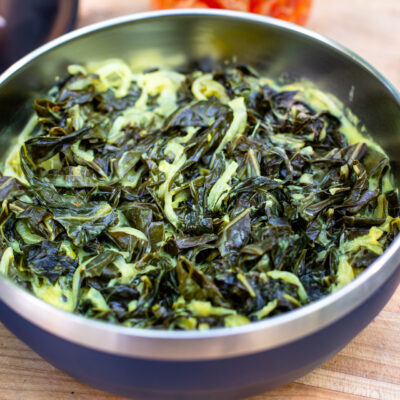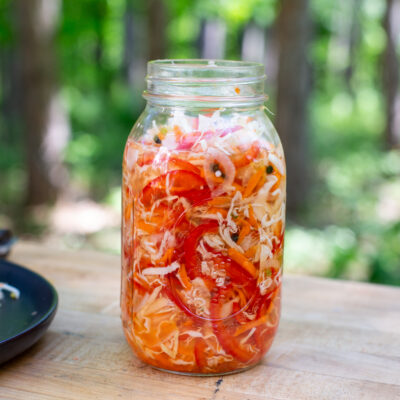Celebrating Spring Vegetables

One of the more tastebud titillating moments for every food lover is the first glimpse of fresh spring asparagus. Asparagus is a perennial, gathered in the wild since the Stone Age, and one of our first foraged foods. About 300 species exist, some poisonous, some ornamental, but asparagus officinalis is the edible type that we are most familiar with—whether green, purple or white. White asparagus is the same plant as the green varietal, but grown in loose piles of loamy soil, mounded up as the stalk grows, preventing photosynthesis from occurring, keeping the plant white, the tips closed and the flavor slightly more acidic and bitter. The Belgians and the French love this stuff!
Tips for Storing & Preserving Quality
- Look for tight tips and small leaves on the side of the stalk that cling to its body.
- The cut end should be moist, not frayed, browned or dry.
- Spears should be smooth, not wrinkled.
- Storing asparagus is simple: keep them standing in a few inches of water in the refrigerator, tented with a zip-loc bag. Cold temperatures between 30 and 40 degrees in a moist environment will limit respiration and water loss.
How to Steam, Roast & Sauté
- Snap the spears to find the natural break point; use the stem end pieces for soups or sauces and steam the upper portions of the stalks in salted water.
- Steaming makes for tastier tips. The asparagus tips are done cooking when the cut end of the spear is softened.
- Roasting or wok sauteeing are my favorite techniques for dealing with asparagus. The very nature of dry-heat cooking makes for a greater natural flavor concentration and higher vitamin retention. The caramelizing that takes place in either technique yields a heightened level of contrast with the sweet moist interiors of the spears.







